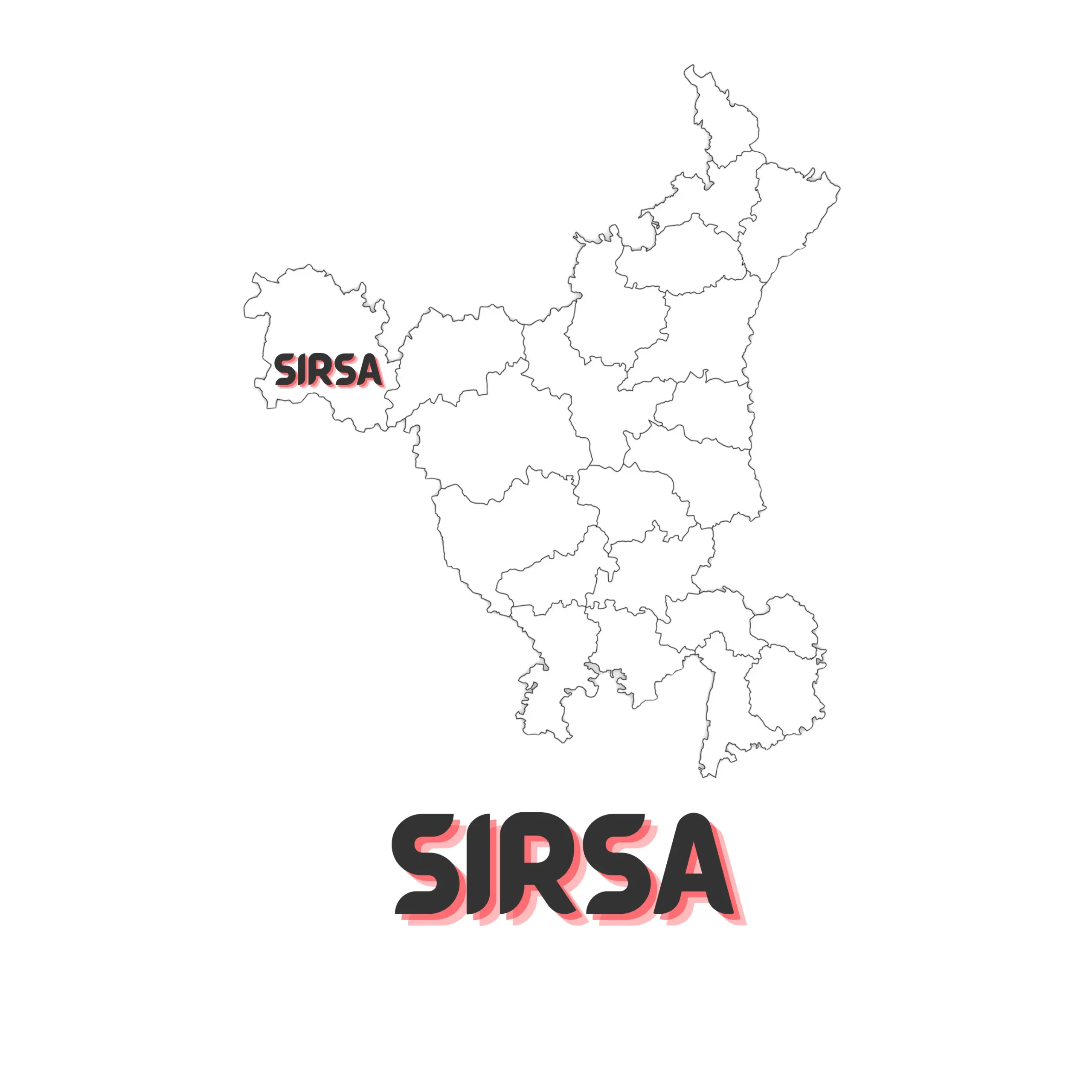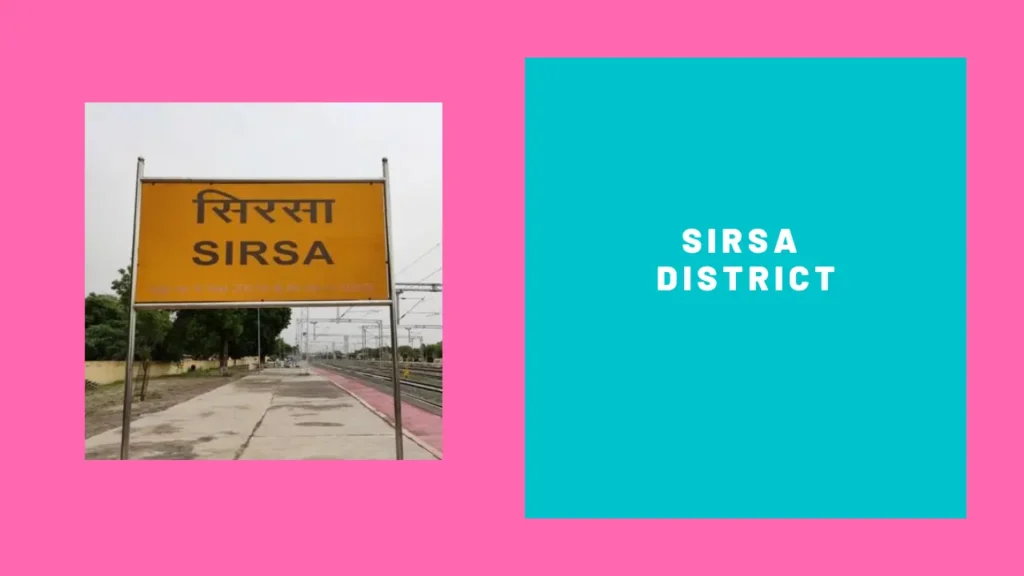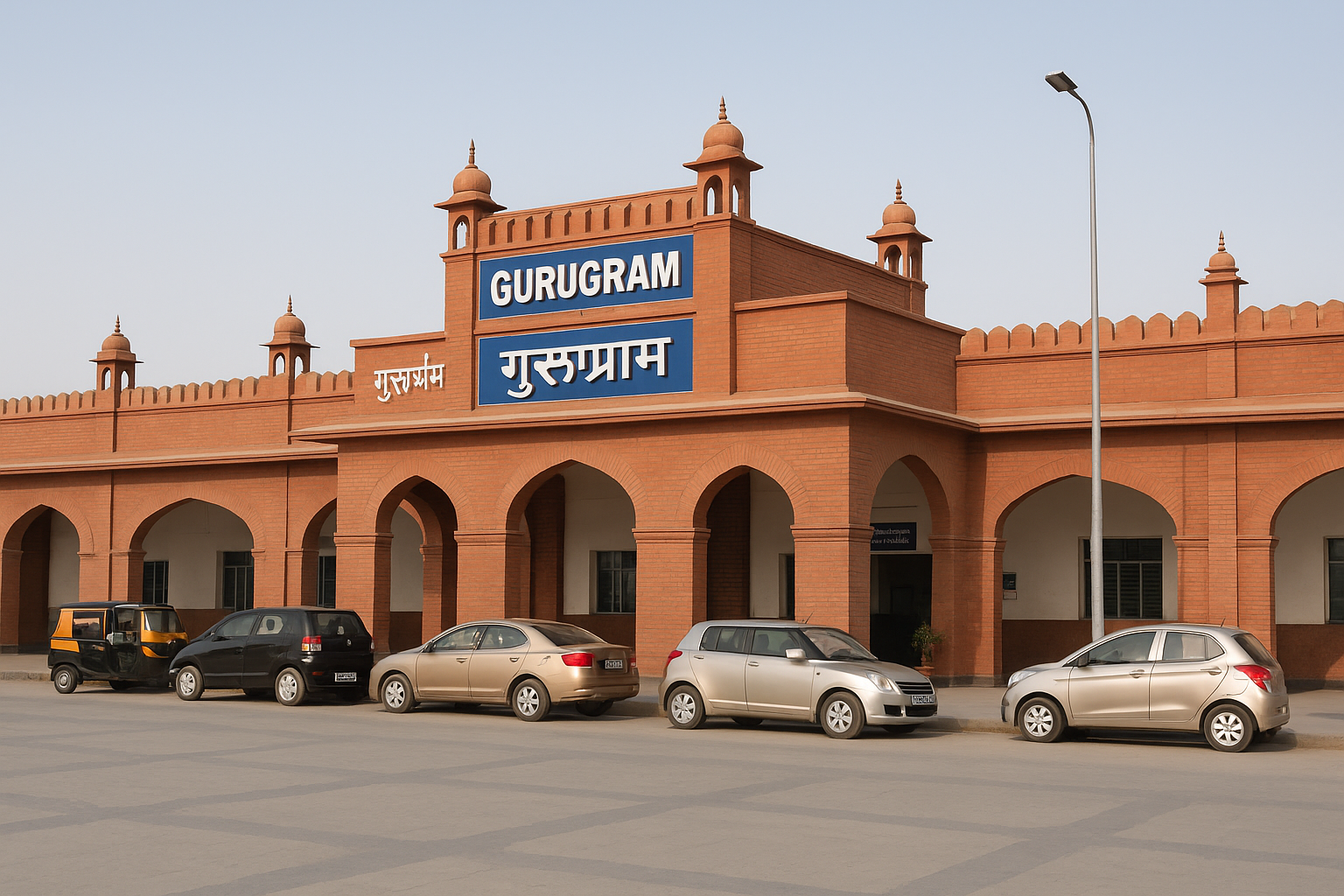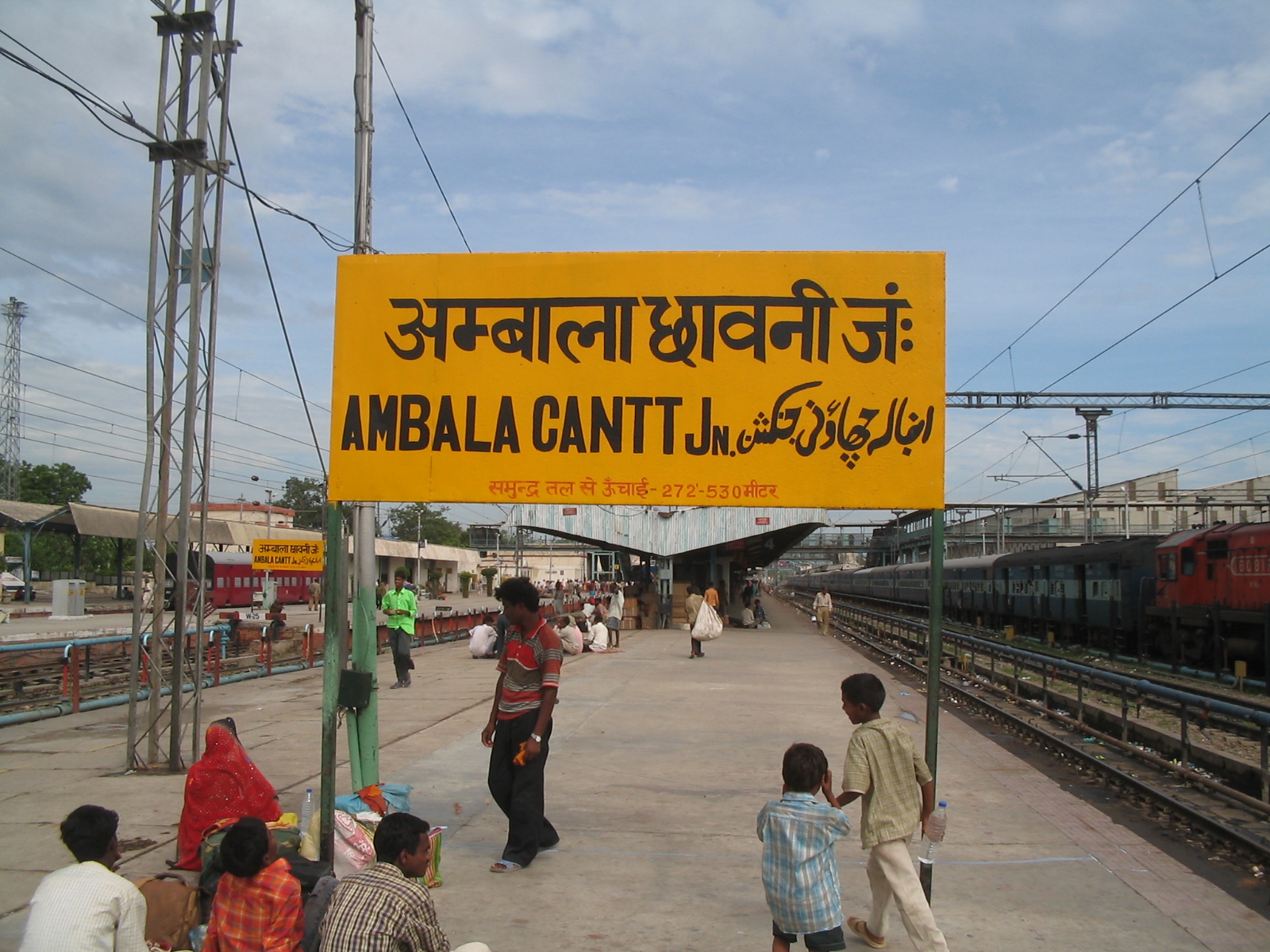
Introduction to Sirsa District
Sirsa district, located in the westernmost part of Haryana, is a land of vibrant culture, ancient heritage, and evolving urbanization. Bordering Punjab and Rajasthan, this district serves as a strategic gateway and is known for its historical significance, agricultural economy, and diverse population. This blog post covers everything you need to know about Sirsa—its history, geography, key attractions, demographics, and how to reach it.
History and Formation of Sirsa
The history of Sirsa dates back to ancient times. It is believed to have been mentioned in the Mahabharata as ‘Sairishaka’. Later, it came under the rule of Mauryas, Kushanas, and Mughals before being annexed by the British. Sirsa became a separate district in 1975, carved out from Hisar, and has since grown into a vital administrative and commercial center.

Geography and Climate
It spans over an area of approximately 4,277 sq km. It features a semi-arid climate, with hot summers and cool winters. The Ghaggar-Hakra River flows through the district, supporting agriculture. The terrain includes sandy plains, which are typical of the region bordering Rajasthan.
Administrative Setup
It comprises 4 tehsils—Sirsa, Dabwali, Rania, and Ellenabad—and 7 blocks. It falls under the Hisar Division. The district headquarters is in Sirsa city, which houses most of the administrative offices and urban facilities.
Demographics
According to the 2011 Census:
- Population: ~1.29 million
- Literacy Rate: 70.6%
- Sex Ratio: 897 females per 1000 males
- Languages Spoken: Hindi, Punjabi, and Bagri are commonly spoken.
Economy and Major Industries
Agriculture is the backbone of it’s economy. Major crops include wheat, cotton, mustard, and bajra. The district also has a strong agro-based industrial sector, including cotton ginning, oil mills, and flour mills. Dabwali and Sirsa city are emerging as trading hubs. Small-scale industries such as textile, machinery repair, and handicrafts also contribute to the local economy.
Education and Healthcare Facilities
It has numerous educational institutions ranging from primary schools to colleges affiliated with Chaudhary Devi Lal University. Prominent institutions include Government National College and JCD Vidyapeeth. The district also has several government and private hospitals, including Civil Hospital Sirsa and private setups like Balaji and Apex Hospitals.
Places to Visit in Sirsa
- Dera Sacha Sauda: A major spiritual and social center.
- Ellenabad Canal: A scenic location, ideal for evening strolls.
- Tara Baba Kutiya: A popular religious spot.
- Ancient Shiva Temples: Scattered across villages with historical value.
- Dabwali Fire Memorial: Commemorates the tragic fire incident of 1995.
Culture and Local Lifestyle
It’s culture is a blend of Haryana and Punjab. The folk music, dances like Ghoomar and Punjabi Bhangra, and festivals like Lohri, Holi, and Teej are celebrated with enthusiasm. Local attire includes dhotis, kurta-pajamas, and phulkari dupattas.
How to Reach Sirsa
- By Road: Well-connected via NH-9; frequent buses to Delhi, Chandigarh, and Bhatinda.
- By Rail: Sirsa Railway Station is part of the Northern Railway Zone.
- By Air: Nearest airports are in Hisar and Bathinda (domestic) and Delhi (international).
Notable Personalities from Sirsa (Optional)
- Chaudhary Devi Lal: Former Deputy PM of India.
- Ajay Chautala: Prominent political figure from the district.
Frequently Asked Questions about it
Q1. What is it famous for?
It is known for its spiritual centers, historical significance, and cotton farming.
Q2. How many tehsils are there in it?
There are four tehsils: Sirsa, Dabwali, Rania, and Ellenabad.
Q3. Is it well-connected by rail?
Yes, It’s Railway Station connects to major cities in Haryana and neighboring states.
Q4. Which industries are prominent in it?
Agro-based industries like cotton ginning and oil mills are key contributors.
Conclusion
It stands as a testament to Haryana’s rich cultural fabric, historic legacy, and economic progress. Whether you’re a traveler, student, or researcher, It offers insights into both tradition and transformation. From agriculture to tourism, this district plays a crucial role in the state’s identity.



